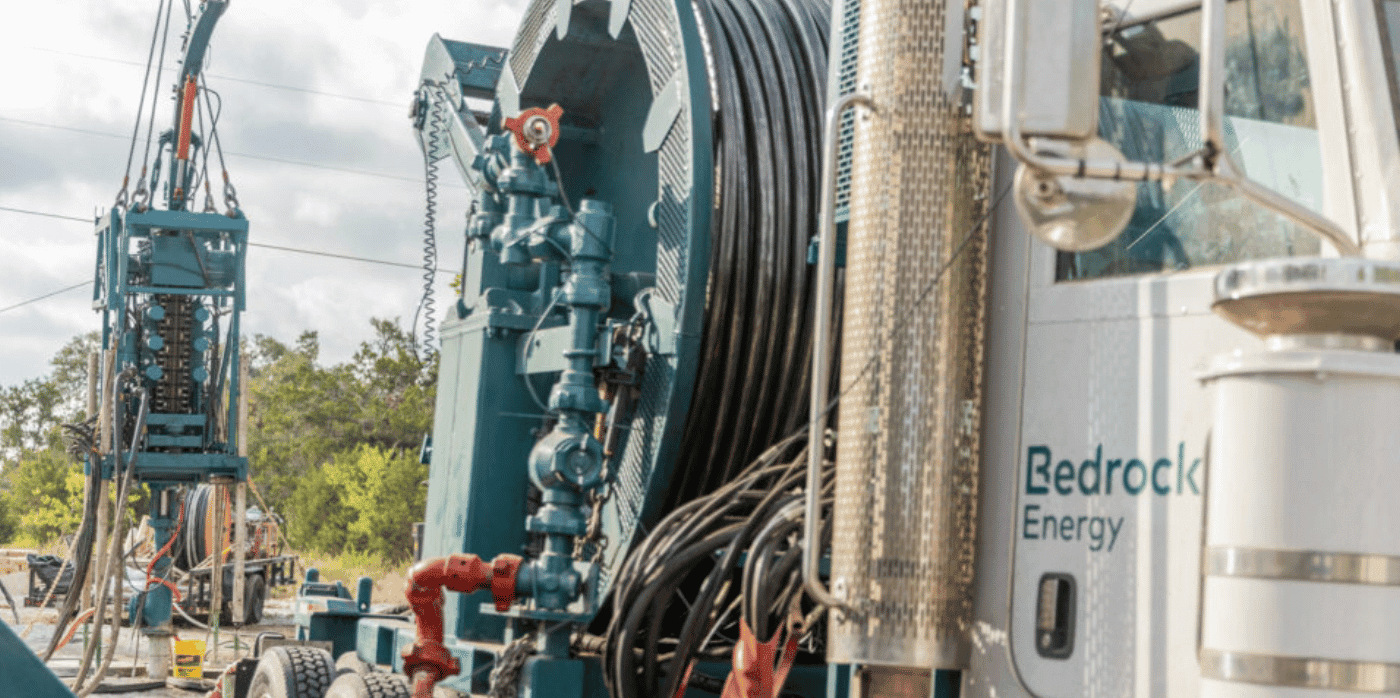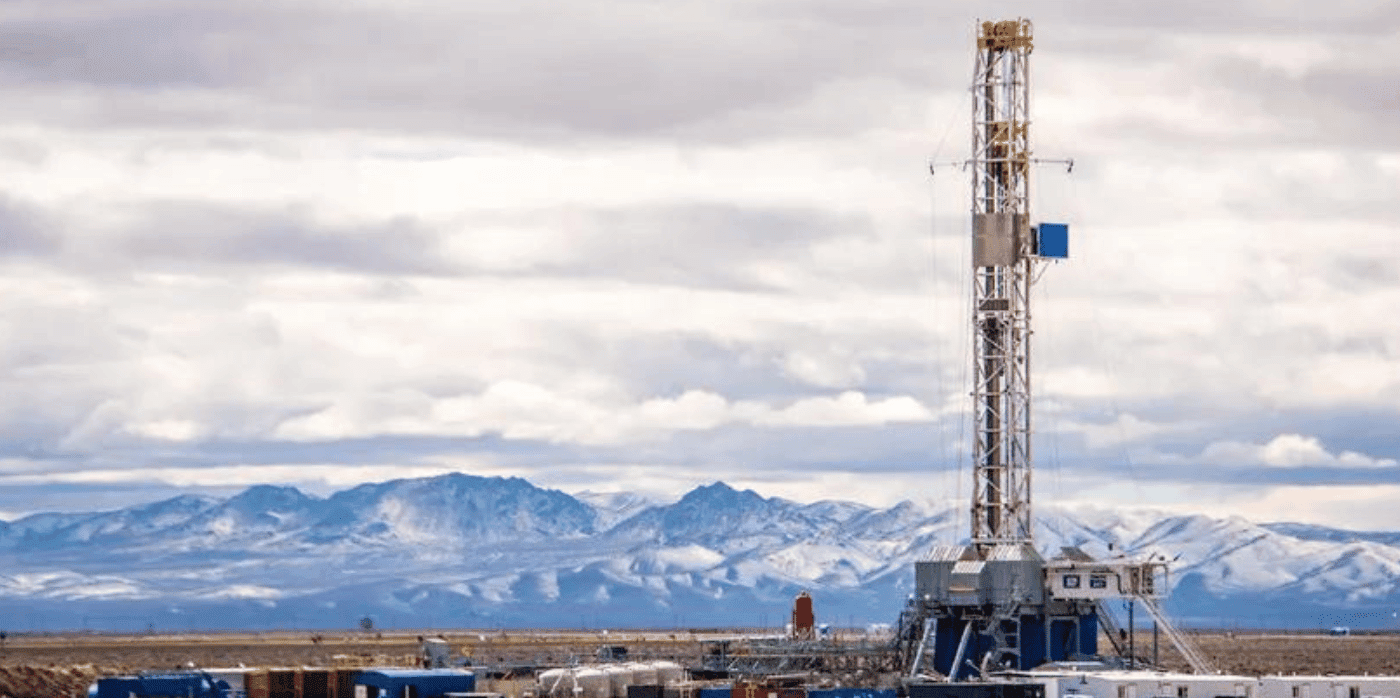Heating commercial real estate with geothermal power

Spotted: Geothermal energy is one of the most energy-efficient methods for providing HVAC (heating, ventilation, and air conditioning) for businesses and communities alike. But the problem that has traditionally faced geothermal power is the high upfront cost of establishing boreholes to tap into this energy in the ground, especially in contrast to other readily available energy infrastructure. And for tall commercial properties or apartment blocks, traditional geothermal systems have also not been able to provide enough energy to heat or power the entire building. This is where US startup Bedrock Energy comes in.
The company has developed new autonomous drilling and subsurface modelling technology that allows borefield construction to be around three times quicker and cheaper. Crucially, unlike existing boreholes, which are often drilled 300 to 800 feet below the Earth’s surface, Bedrock drills 2,000 feet underground where the temperatures are much hotter.
Because of this, the company reduces the number of boreholes required for a project – from as much as 28 down to just eight – meaning tall commercial buildings with limited land space can still make use of this abundant energy source for their heating and cooling systems.
Using its advanced algorithms, Bedrock can accurately predict the energy transfer to buildings from the geothermal site. The company then specially designs a project’s geothermal loop field to optimise borehole location for the best long-term energy returns.
Bedrock is ready to start deploying to commercial projects soon and is currently working on a pilot project. The company recently raised $8.5 million (around €7.9 million) in seed funding, which will be used to help accelerate the manufacturing and deployment of its technology.
Many more innovators are recognising the potential of geothermal energy, and Springwise has also spotted one company that’s using Kenya’s geothermal resources to power direct air capture as well as a system that makes geothermal less water-intensive.
Written By: Archie Cox



